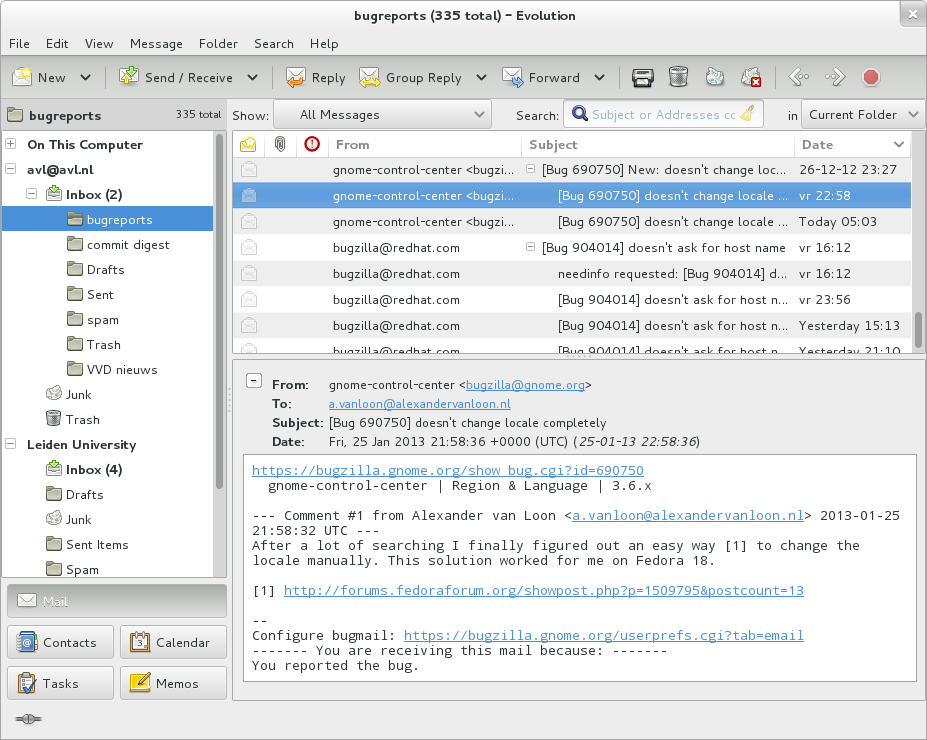|
Xbiff
xbiff is a small utility for the X Window System that shows a mailbox with its flag raised whenever the user has new e-mail. It is included in almost every X Window System. See also * biff (Unix) is a E-mail, mail notification system for Unix. Usage When a new mail message is delivered, the program alerts the recipient so they can read it immediately. The alert is sent to the text terminal, tty where the recipient is logged in, and co ... External links Manual page X Window programs {{unix-stub ... [...More Info...] [...Related Items...] OR: [Wikipedia] [Google] [Baidu] |
X Window System
The X Window System (X11, or simply X) is a windowing system for bitmap displays, common on Unix-like operating systems. X provides the basic framework for a GUI environment: drawing and moving windows on the display device and interacting with a mouse and keyboard. X does not mandate the user interfacethis is handled by individual programs. As such, the visual styling of X-based environments varies greatly; different programs may present radically different interfaces. X originated as part of Project Athena at Massachusetts Institute of Technology (MIT) in 1984. The X protocol has been at version 11 (hence "X11") since September 1987. The X.Org Foundation leads the X project, with the current reference implementation, X.Org Server, available as free and open-source software under the MIT License and similar permissive licenses. Purpose and abilities X is an architecture-independent system for remote graphical user interfaces and input device capabilities. Each person u ... [...More Info...] [...Related Items...] OR: [Wikipedia] [Google] [Baidu] |
Unix-like
A Unix-like (sometimes referred to as UN*X or *nix) operating system is one that behaves in a manner similar to a Unix system, although not necessarily conforming to or being certified to any version of the Single UNIX Specification. A Unix-like application is one that behaves like the corresponding Unix command or shell. Although there are general philosophies for Unix design, there is no technical standard defining the term, and opinions can differ about the degree to which a particular operating system or application is Unix-like. Some well-known examples of Unix-like operating systems include Linux and BSD. These systems are often used on servers, as well as on personal computers and other devices. Many popular applications, such as the Apache web server and the Bash shell, are also designed to be used on Unix-like systems. One of the key features of Unix-like systems is their ability to support multiple users and processes simultaneously. This allows users to run mult ... [...More Info...] [...Related Items...] OR: [Wikipedia] [Google] [Baidu] |
E-mail
Electronic mail (email or e-mail) is a method of exchanging messages ("mail") between people using electronic devices. Email was thus conceived as the electronic ( digital) version of, or counterpart to, mail, at a time when "mail" meant only physical mail (hence '' e- + mail''). Email later became a ubiquitous (very widely used) communication medium, to the point that in current use, an email address is often treated as a basic and necessary part of many processes in business, commerce, government, education, entertainment, and other spheres of daily life in most countries. ''Email'' is the medium, and each message sent therewith is also called an ''email.'' The term is a mass noun. Email operates across computer networks, primarily the Internet, and also local area networks. Today's email systems are based on a store-and-forward model. Email servers accept, forward, deliver, and store messages. Neither the users nor their computers are required to be online simu ... [...More Info...] [...Related Items...] OR: [Wikipedia] [Google] [Baidu] |
Biff (Unix)
is a E-mail, mail notification system for Unix. Usage When a new mail message is delivered, the program alerts the recipient so they can read it immediately. The alert is sent to the text terminal, tty where the recipient is logged in, and contains the ''Subject'', ''From'' line, and first few lines of the body of the new message. The alert also includes terminal beeps to guarantee quick attention. Notification is enabled by the command : and disabled by : Comsat The biff utility was the user interface used to change notification preferences. The actual act of notifying the user was performed by a daemon (computing), daemon called (short for "communications satellite"). The daemon received messages via User Datagram Protocol, UDP describing the update to the mailbox, and would then inform the user of the new message. Replacements Because the sudden, unexpected printing of a block of text on a tty can be annoying if it overwrites more useful information on the screen th ... [...More Info...] [...Related Items...] OR: [Wikipedia] [Google] [Baidu] |
